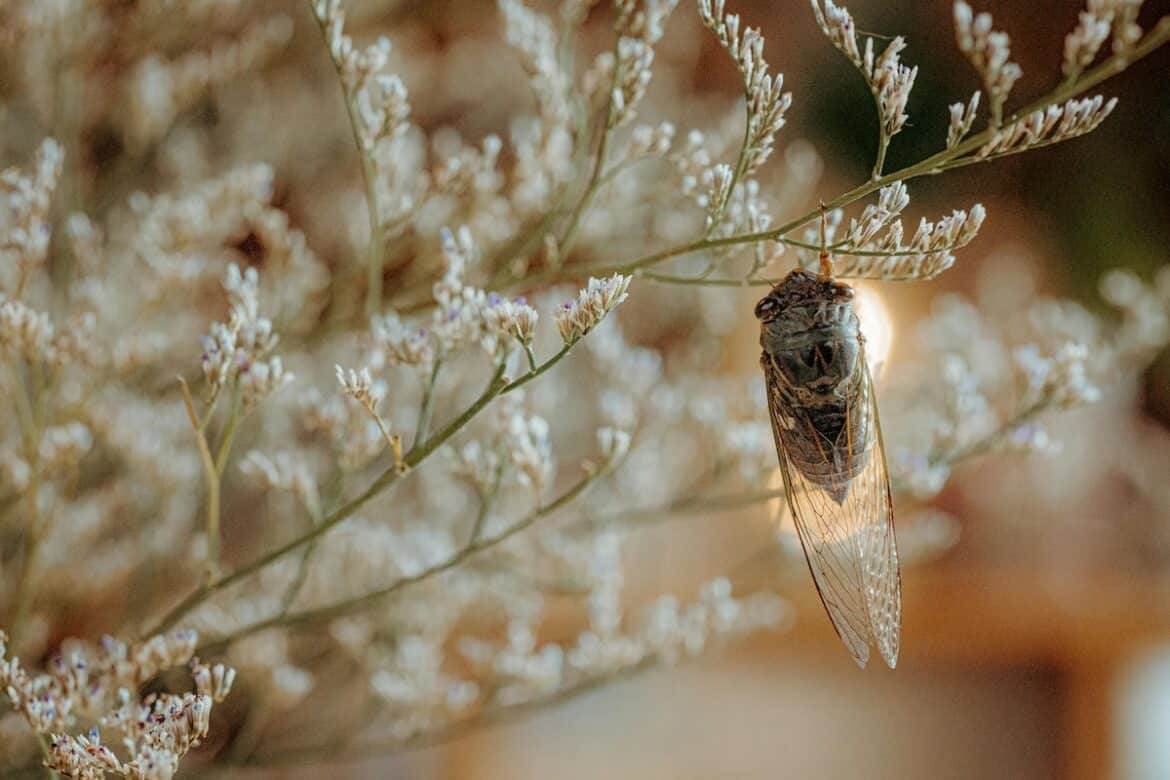Photo © Pexels
**This article is a direct feature from the July/August 2025 My French Country Home magazine with illustrations by Céline Chollet and written by Madeleine Piggott. To see more articles like this, be sure to subscribe to the magazine**
In Provence, there’s a sound that defines summer — not the chatter of markets, nor the clink of misted rosé glasses, but a headier buzz: From late June to mid-September, the song of cicadas fills the air, signaling heat, harvest and the promise of rest.
SUBSCRIBE TO THE MAGAZINE
Like the scent of lavender on the breeze, la cigale (the cicada) is inseparable from France’s southern landscape. Although often referred to in the feminine, it’s only the male cicadas that sing, their rhythmic call sometimes reaching an astonishing 120 decibels — a sound louder than a lawnmower, and impossible to ignore. For many, it’s a welcome din, the true sound of summer’s arrival.
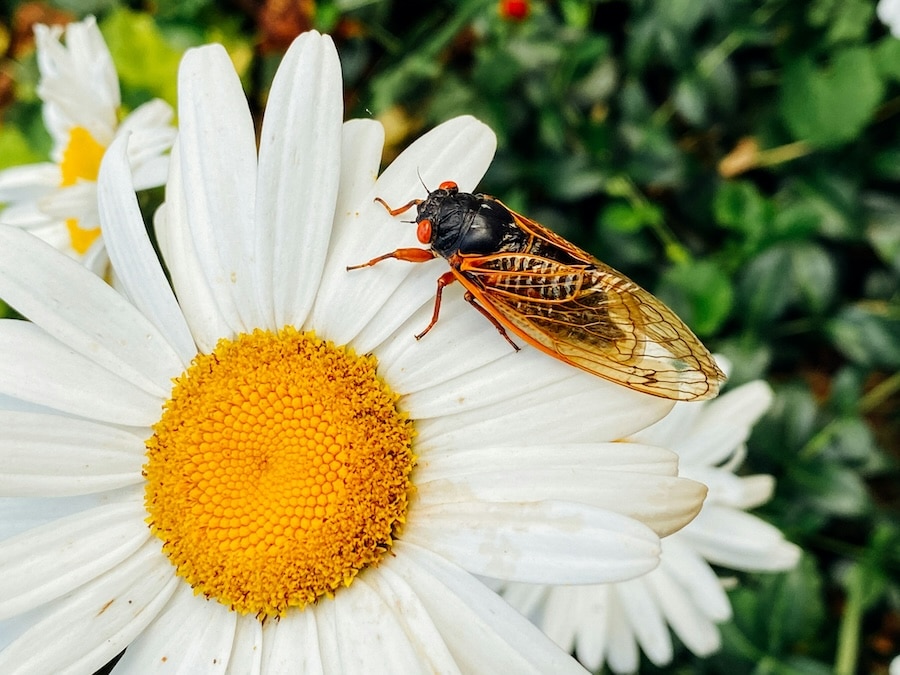
The Cicada’s Connection to Provence
Once a modest insect, the cicada is now the unofficial emblem of Provence — equal parts design motif, folklore figure and lucky charm. Its likeness appears everywhere: molded in terracotta above doorways, hand-painted on table linens, pressed into soaps, stamped in silver, or embroidered onto espadrilles, where they act as quiet talismans, protecting the good life and symbolizing the region’s unhurried pace of life.
According to legend, la cigale was sent from heaven to rouse the Provençal villagers from their afternoon naps. Nevertheless, the plan backfired, and instead of stirring the workers, its song lulled them into an even deeper rest. And so it was that cicadas came to represent summer idleness — long lunches and days ruled by heat, not the clock — even inspiring the local saying, “Il ne fait pas bon de travailler quand la cigale chante” (“It’s not good to work when the cicada sings”).
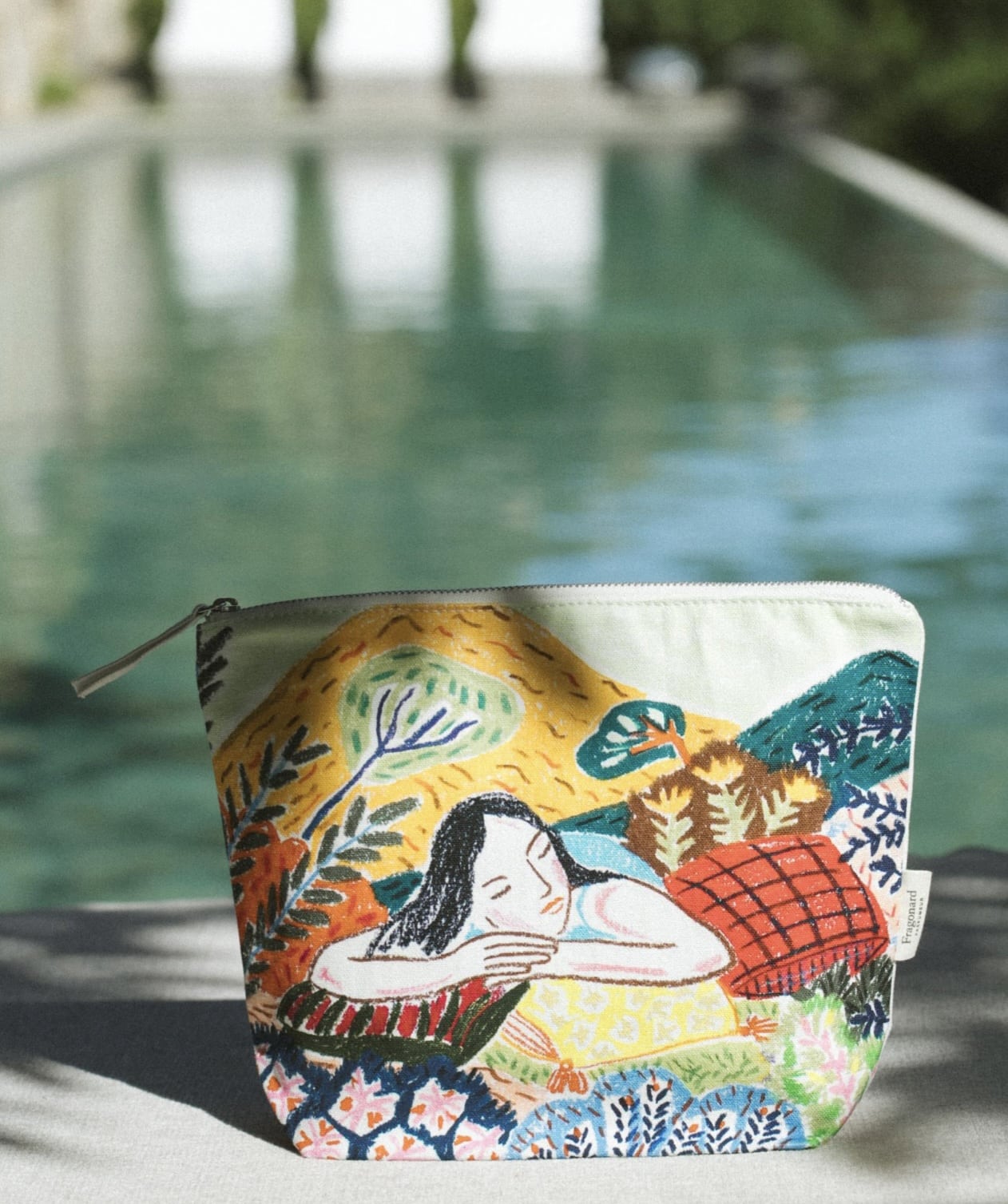
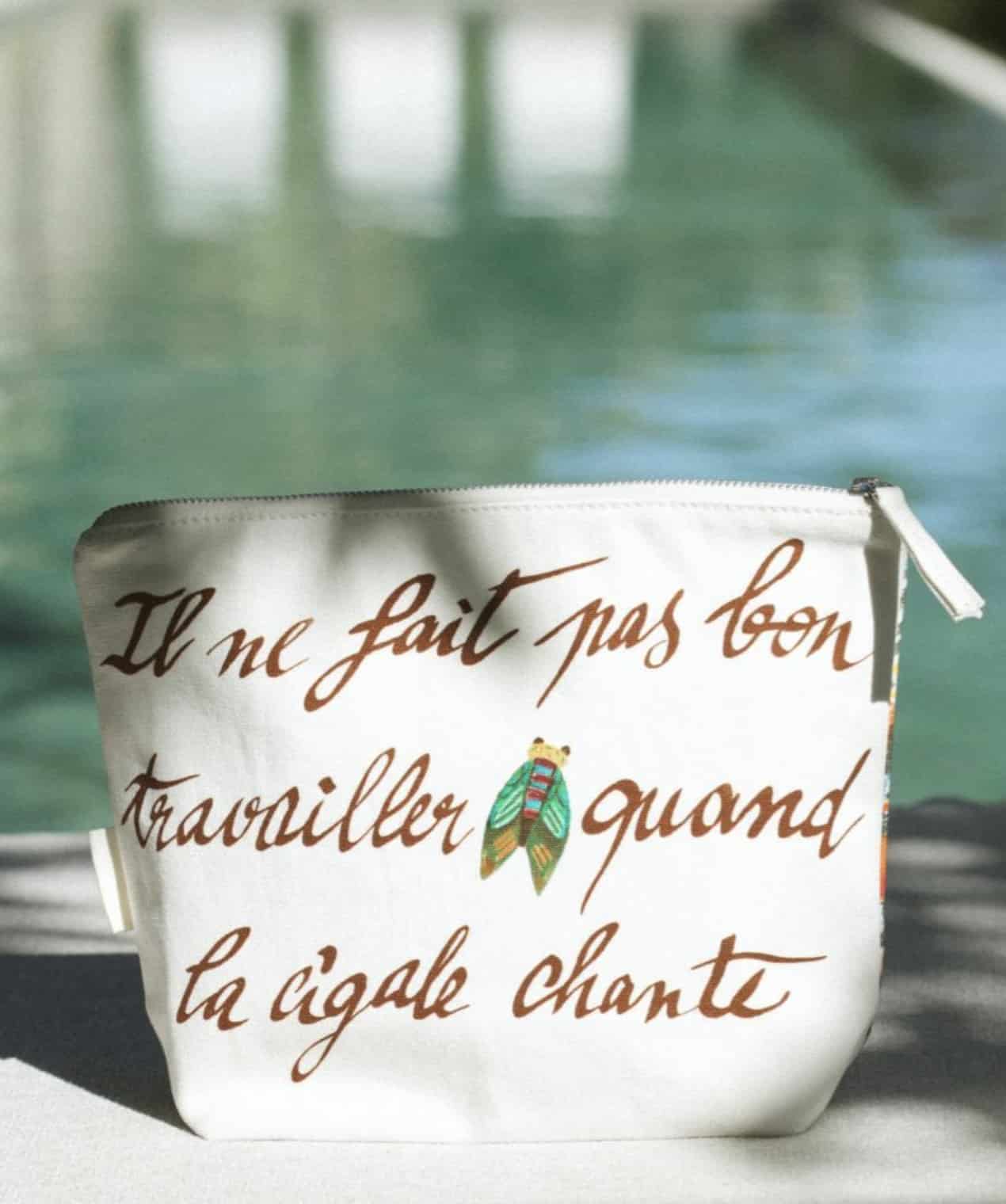
In truth, their song is a fleeting gift. The Provençal cicada lives most of its life underground — around four years in the dark, feeding on sap from tree roots. They surface for just a few weeks in summer, solely to sing and to mate. If the temperature dips below 71°F (22°C) or rises above 96°F (36°C), they fall silent. During a particularly intense heatwave in the summer of 2022, for example, parts of the south fell eerily quiet.
The Cicada’s Symbolism in Southern France
It’s this mysterious life cycle that has made the cicada a symbol of rebirth in many cultures since Ancient Greece. But its adoption in southern France — where it came to represent something far more languid — truly took flight in the 19th century. Inspired by the famous French fablist, Jean de La Fontaine, Jules Massenet composed a ballet to defend the cicada’s honor, reimagining the insect not as foolish, but as a poetic soul, driven by a love of music.
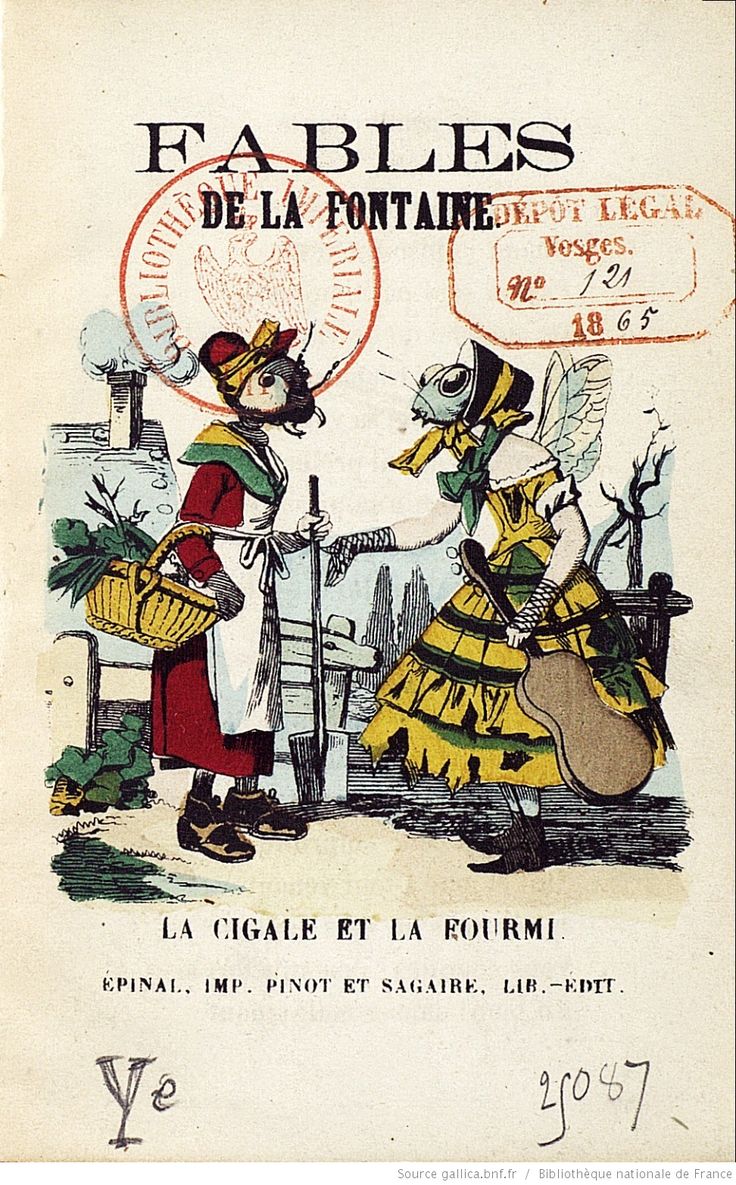
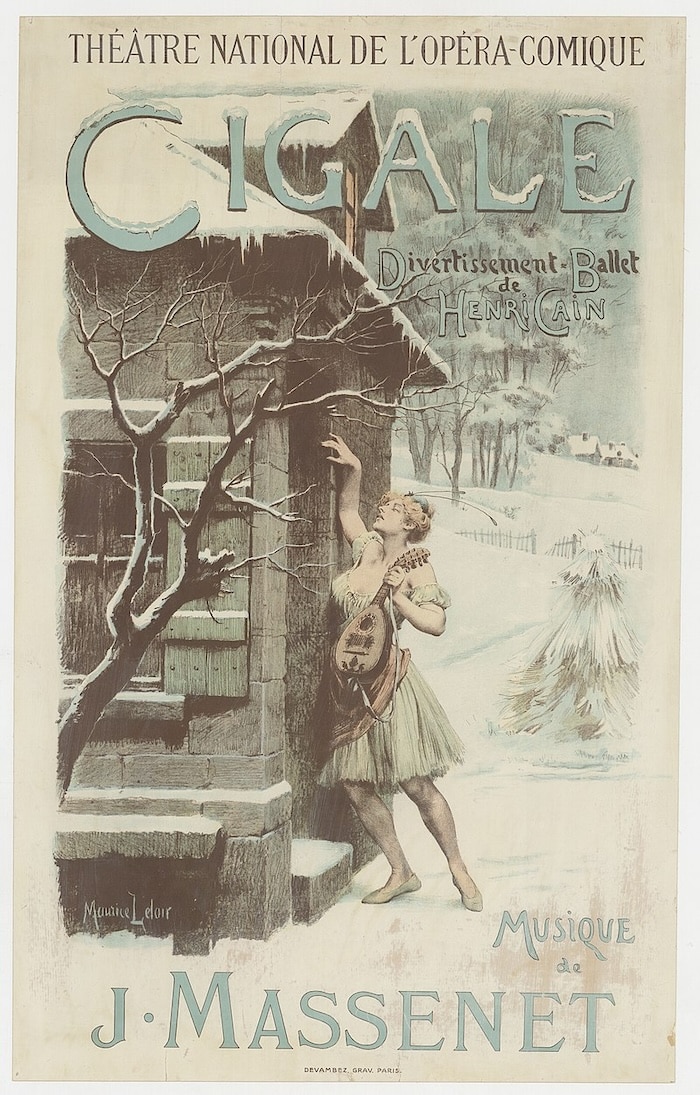
Around the same time, the symbol of the cicada was adopted by the Félibrige, a literary and cultural revival led by the Nobel Prize-winning French poet, Frédéric Mistral. Mistral, devoted to preserving the Occitan dialect and Provençal identity, gave the cicada a motto: “Lou soulei mi fa canta” (“The sun makes me sing.”). The phrase became a catchphrase for the South: musical, sun-drenched, unbothered.
Provence Cicadas in Art and Fashion
In 1895, cicada imagery was cemented into local culture forever thanks to a design by Louis Sicard, a ceramicist from Aubagne. Commissioned by a wealthy tile merchant in Marseille to create a small keepsake that captured the essence of Provence, and inspired by the Félibrige poets, Sicard sculpted a cicada perched on an olive branch, inscribed with Mistral’s words. The piece was an immediate success and earned him the nickname le père des cigales (the Father of the Cicadas).
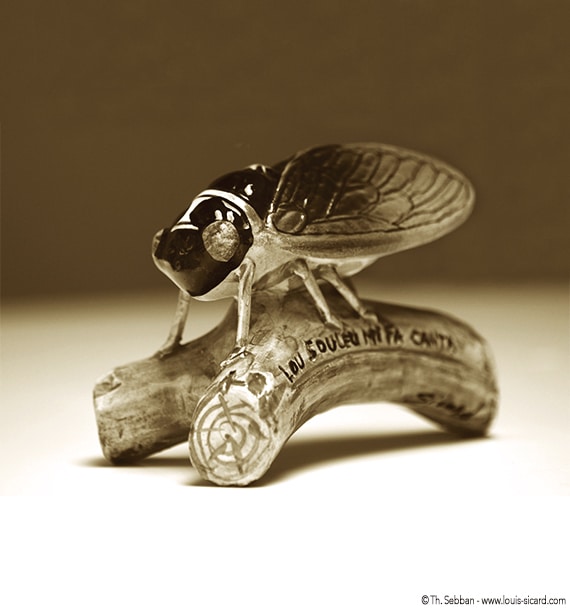
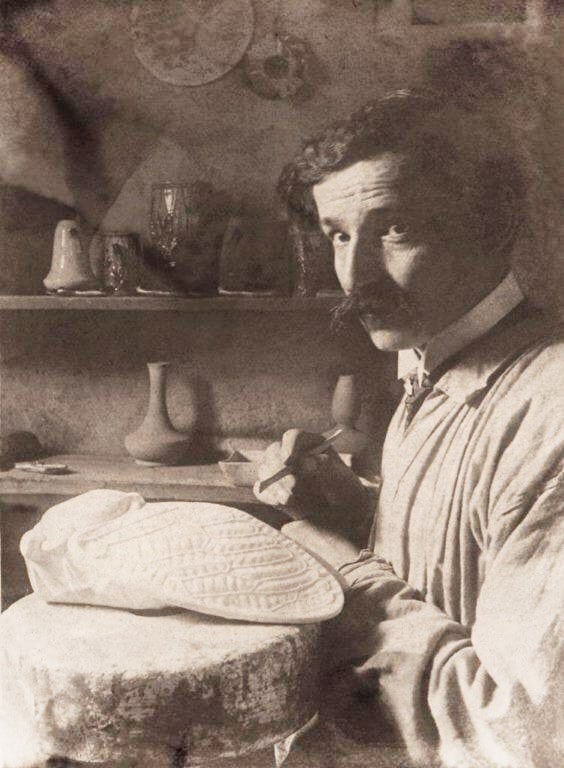
Though its popularity faded in the early 20th century, la cigale made a quiet comeback in the 1990s — fluttering back into Provençal homes and imaginations. Today, cicada imagery turns up in both old and new forms, reimagined in countless styles, offering everyone a way to sprinkle its spirit into daily life. Art Nouveau brooches and delicate illustrations can still be found at antiques dealers and brocantes, while French jewelery houses like Gas Bijoux reinterpret the insect in modern earrings and charms.
In Aubagne, workshops continue to produce glazed cicadas in the original style of Sicard, and early examples occasionally surface at markets, painted in soft pastels or rich Provençal ochres. Historic textile houses such as Souleiado have included the motif in their archives, though it now appears more often on linens and accessories. Meanwhile, beloved southern brands like Fragonard, Maison Empereur and Fer à Cheval keep the tradition alive with geometric cicada soaps, ceramics and gift sets.
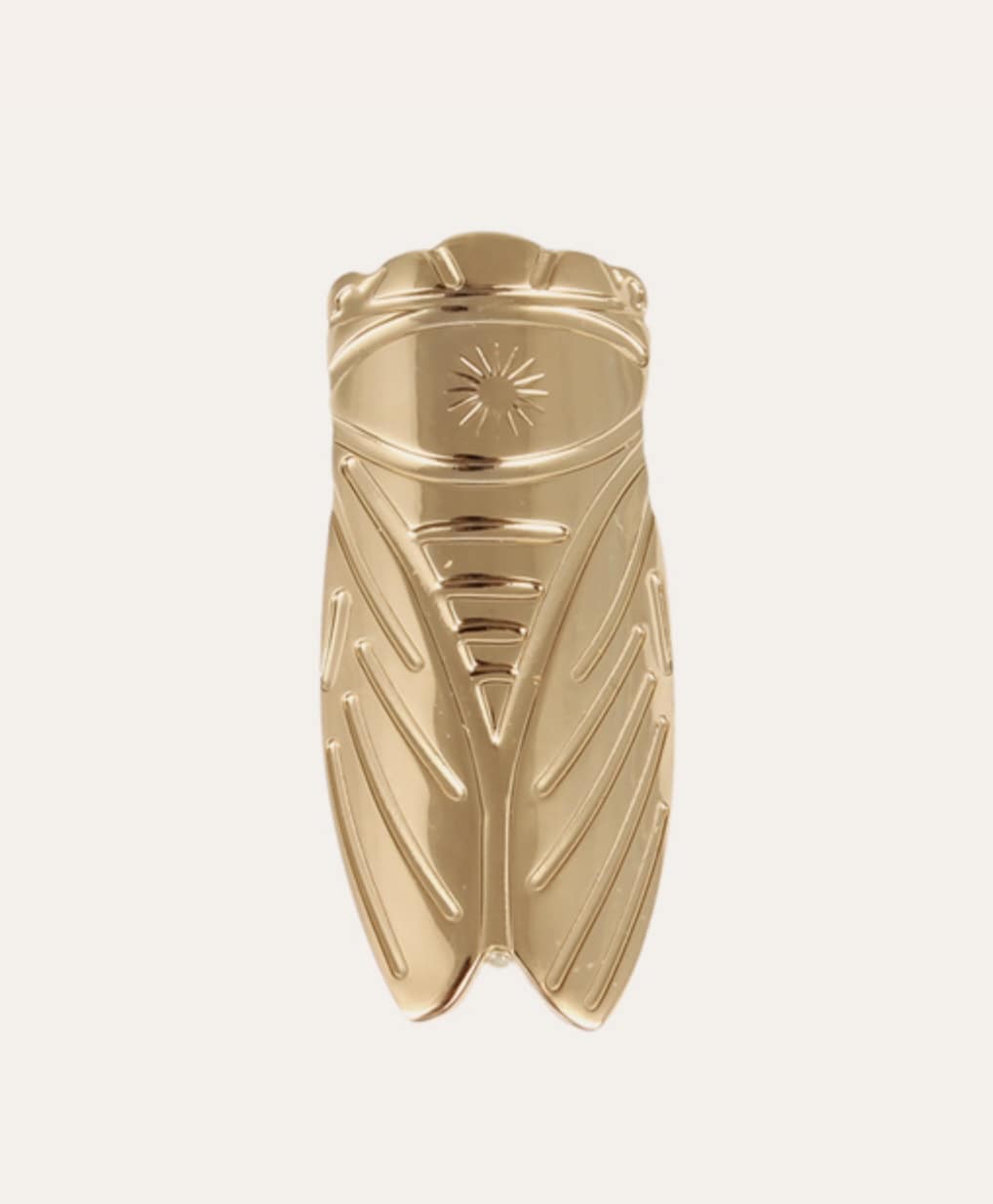
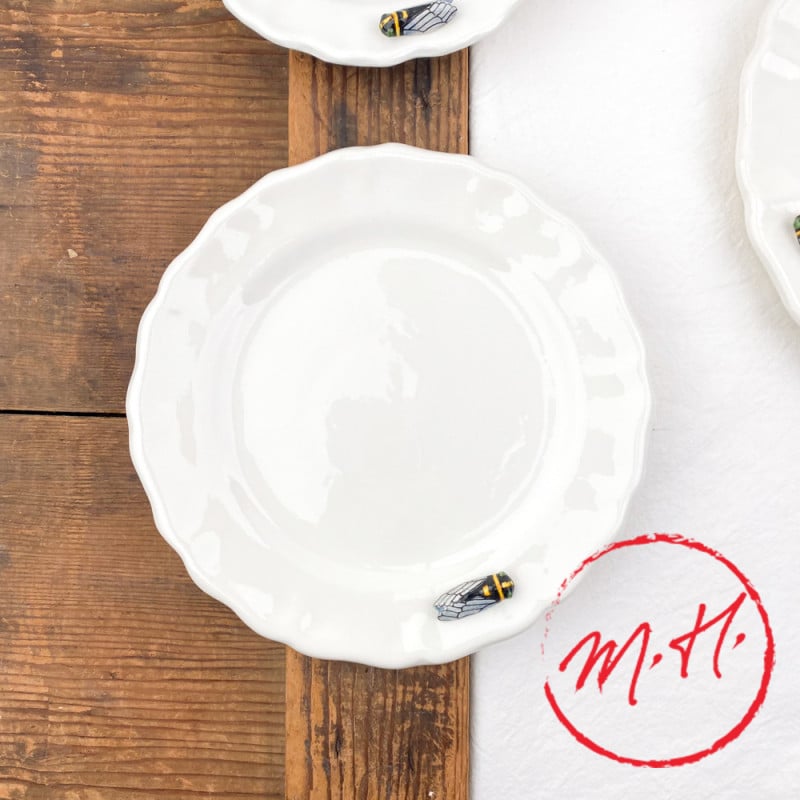
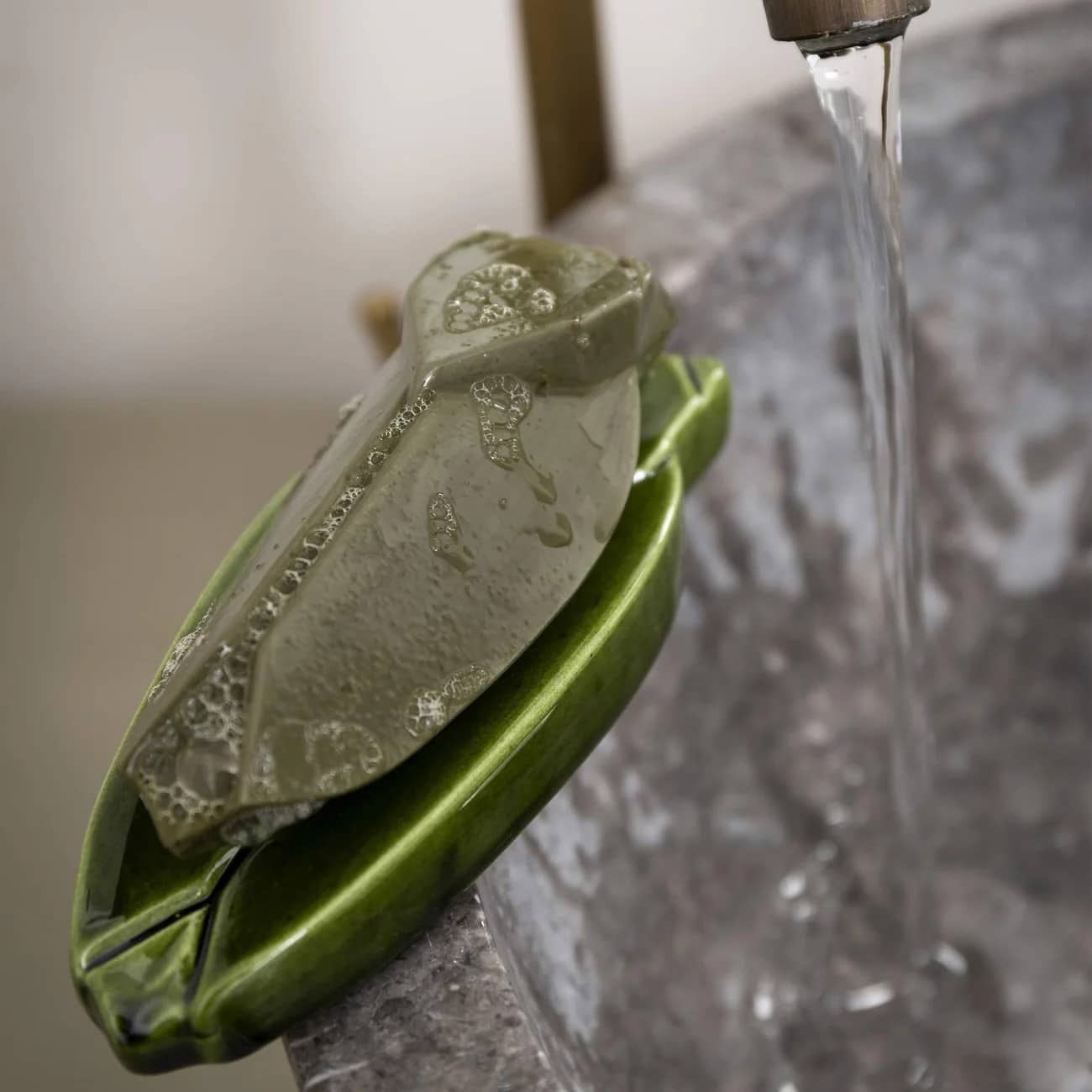
Ultimately, to love this little insect is to love the south: its indolence, its poetry, its patience. To wear a Provence cicada is to remember to slow down. To nap in the shade. To listen. And perhaps to find a little joy in the heat of the day.
